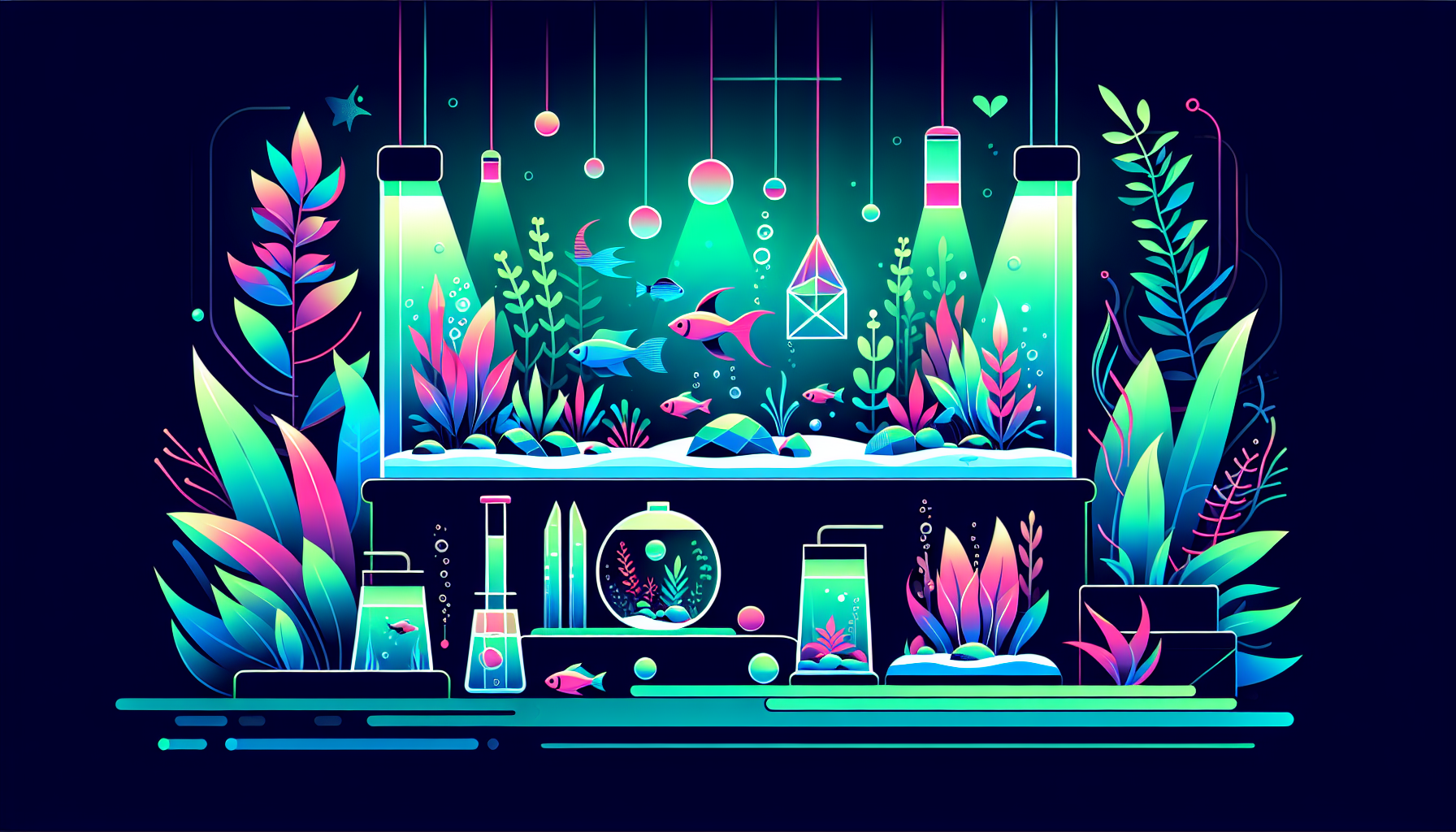The Ultimate Beginner’s Guide to Aquascaping: Create Your Own Underwater Masterpiece
Have you ever gazed at stunning, underwater landscapes and wished you could design one in your own home? Welcome to the magical world of aquascaping—where creativity, nature, and science unite. Whether you’re a complete novice or looking to improve your skills, this beginner’s guide will walk you through everything you need to know to start your aquascaping journey with confidence.
What Is Aquascaping?
Aquascaping is the craft of arranging aquatic plants, stones, driftwood, and other elements in an aquarium to create a beautiful, harmonious underwater scene. Similar to landscaping on land, aquascaping transforms aquariums into living art while providing a healthy environment for fish and invertebrates.
Why Try Aquascaping?
- Personal expression and creativity
- Promotes a calming, natural space in your home
- Encourages proper care for aquatic life
- Offers endless opportunities for learning
Essential Equipment for Beginner Aquascapers
Before diving into your first aquascape, it’s important to gather the right tools. Here’s a checklist to get started:
- Aquarium tank (recommended size: 10–20 gallons for beginners)
- Lighting system suitable for plant growth
- Filtration system for crystal-clear water
- Heater if keeping tropical fish
- Substrate (aquarium soil or sand)
- Hardscape materials (rocks, driftwood)
- Aquarium plants
- Water conditioner & test kits
- Aquascaping tools (tweezers, scissors, spatula)
For detailed product recommendations, check out our best aquascaping tools for beginners guide.
Planning Your Aquascape: Design Basics
Great aquascapes don’t happen by accident. Consider these fundamental design concepts before getting your hands wet:
1. Choose Your Style
Popular aquascaping styles for beginners include:
- Nature Aquarium: Inspired by natural landscapes. Focuses on organic shapes and lush greenery.
- Iwagumi: Minimalist stone arrangements, emphasizing balance and simplicity.
- Dutch Style: Vibrant, densely planted layouts—think underwater gardens.
Read more about these styles in our guide to beginner-friendly aquascaping styles.
2. The Golden Ratio & Rule of Thirds
Professional aquascapers often use these composition techniques to create visually balanced layouts. Picture dividing your tank into thirds both vertically and horizontally—position key elements at the intersections for best effect.
How to Set Up Your Aquascape: Step-By-Step
- Rinse Your Substrate & Hardscape: Thoroughly wash gravel, sand, rocks, and wood.
- Add Substrate: Slope the substrate from back to front for depth.
- Arrange the Hardscape: Place rocks and driftwood using your chosen composition.
- Plant Selection & Placement: Start with easy, low-maintenance plants like Java Fern, Anubias, and Cryptocoryne. Plant in groups for a natural look.
- Fill the Tank Gently: Add water slowly to avoid disturbing the layout.
- Install Equipment: Set up your filter, heater, and lighting.
- Cycle the Aquarium: Run the tank for at least 3–4 weeks before adding fish to ensure a stable environment.
Best Plants for Beginners
- Java Moss: Hardy and grows almost anywhere
- Java Fern: Tolerates low light and requires little care
- Anubias: Slow-growing, attaches to rocks and wood
- Crypotocoryne: Adaptable and easy to grow
For a deeper dive, browse our top aquarium plants for beginners.
Choosing Fish and Inhabitants
Once your aquascape is established and cycled, choose peaceful species that won’t uproot plants or disturb your layout. Consider:
- Neon Tetras
- Harlequin Rasboras
- Otocinclus Catfish
- Cherry Shrimp
- Nerite Snails
Avoid large, boisterous fish (like Goldfish or Cichlids), which may uproot plants or alter your careful design.
Basic Aquascape Maintenance Tips
- Perform 25% water changes each week
- Remove algae with a soft sponge or scraper
- Trim and replant overgrown stems as needed
- Monitor water parameters (ammonia, nitrite, nitrate, pH)
- Fertilize plants weekly for optimal growth
Need more detailed advice? Visit our aquascape maintenance guide.
Common Aquascaping Mistakes to Avoid
- Overcrowding plants or fish in the tank
- Neglecting the nitrogen cycle
- Choosing difficult plants or animals for your first setup
- Impatience—good aquascapes take time to mature!
Start Your Aquascaping Adventure Today!
With a little planning, the right tools, and a passion for underwater creativity, anyone can master the basics of aquascaping. From choosing your style to daily maintenance, each step is an opportunity to learn and improve. Explore more in-depth tutorials and unlock your creativity with Aquascaping Academy.
Ready to bring your aquascaping vision to life? Browse our resources, join our community, and share your progress. Your underwater masterpiece awaits!



